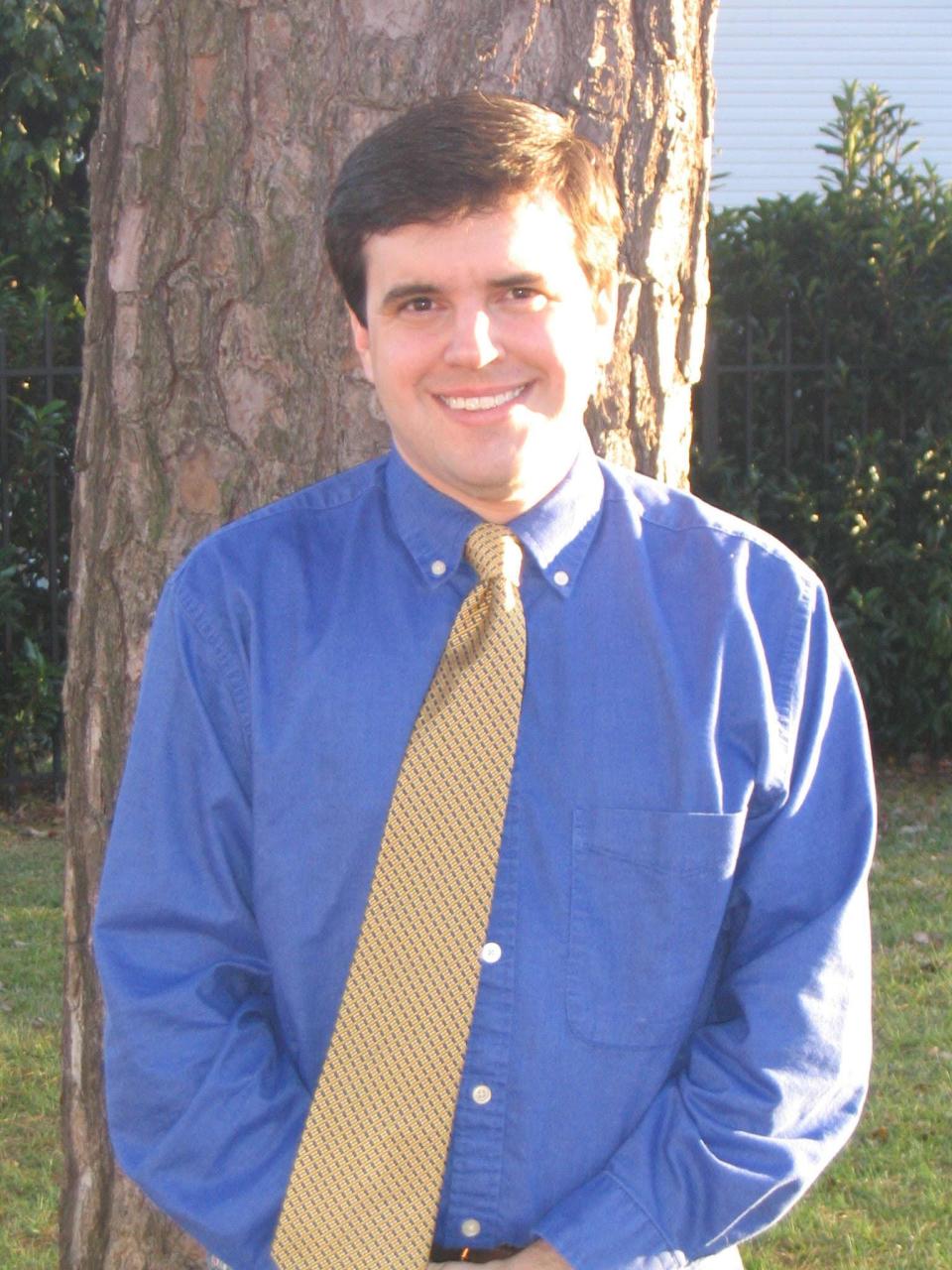Texas history column: A look at Texas in 'Tornado Alley' and the most violent storms
With springtime, Texans turn watchful eyes to the sky for rising storm clouds or sudden shifts in winds. Though tornadoes have occurred in all 50 states, Texas is part of the notorious “Tornado Alley” where the often-volatile mix of cool, dry air from the Rocky Mountains mixes with the warm, moist air from the Gulf of Mexico most commonly meet on the Great Plains to produce the violent storms.
Tornadoes have been observed in Texas for centuries. In fact, “tornado” is a Spanish word originating from the early Spanish explorers who saw the deadly twisting winds on the early frontier. Though they have been observed as long as people have trod on Texas soil, one of the earliest recorded tornado deaths in Texas was from an April 1885 outbreak that killed 60 people in the Waco area. Tornadoes have been reported in every region of the state and have been reported in each of the Lower 48 states.
Tornadoes are powerful, compact storms with swirling winds of up to 300 miles per hour. It is these intense winds in the more powerful tornadoes that produce the more unusual stories of straw being flung into trees intact or cars or even trains being lifted up and carried long distances. Most tornadoes have weak winds and never touch the ground, but they can intensify suddenly and without warning. Some tornadoes can travel over a hundred miles before dissipating. In fact, a 1947 tornado formed in the Panhandle and tore through Oklahoma before dissolving in Kansas, leaving 181 dead in its wake.

Tornadoes can form at any time of day or night, they are most common in the late afternoon. However, tornadoes at night have often been the most terrifying. In the years before weather warnings, radio, or storm sirens, communities had no way of knowing if a violent storm was approaching during the night and no way to prepare. Near midnight on May 30, 1909, the town of Zephyr in Brown County was wrecked by a tornado that left 34 dead.
One of the deadliest was in Goliad in May 1902. A tornado that day left 114 dead and nearly 300 injured. Equally as deadly was the disastrous May 11, 1953, tornado in Waco. The storm, measured at one-third of a mile wide, also claimed 114 lives and left nearly 600 injured as the tornado swept through the city, destroying 600 homes. In April 1927, a tornado in Rocksprings in South Texas destroyed all but 12 buildings in the city and killed 74. An April 1947 outbreak saw a tornado move from near Canadian to Glazier and Higgins in the Panhandle before moving into Oklahoma, leaving 181 dead.
One of the worst in Texas History struck Wichita Falls on the afternoon of April 10, 1979. The tornado formed northeast of Holliday in Archer County and raced to the city. The tornado was more than a mile wide as it wrecked a school and a shopping center in the south side of the city, leaving 42 dead and more than 1,700 injured. More than 3,000 homes were destroyed. What came to be called “Terrible Tuesday” haunted the city for years afterward.
Tornadoes are most common in the span of April through June. In fact, each May will see an average of 100 tornadoes erupting in the state. If the conditions are right, they can appear any time during the year, from the Gulf Coast to West Texas. A February 1935 tornado hit the East Texas counties of Leon and Houston, leaving 12 dead in its wake. In January 1946, a deadly tornado hit rural Anderson County, leaving 15 dead.
Since the end of World War II, technological advances have steadily improved understanding of how and when tornadoes form. Use of radar combined with observations of wind, humidity, and air pressure associated with storm activity greatly advanced weather forecasting techniques. Looking at the success of Air Force weathermen in issuing a tornado watch in 1948 to save lives, prompted the warning system to be adopted everywhere. By the late 1980s, extensive research into tornadoes and new radar systems prompted the National Weather Service to establish a system of Doppler radar towers to monitor the weather. By the mid-1990s, a network of improved Doppler radar sites had been set up across the nation, carefully scanning each storm and relaying that information to the media, to the public, and to government agencies. Better computer systems allowed forecasters to scan these storms for rotation that would indicate tornado formation. Meteorologists can now have a warning of up to 15 minutes that one may be forming. Because of these developments, better warning systems, and better storm shelters, fatalities from tornadoes have plummeted since the 1950s. Tornado drills have been regular features in schools across the South for decades.
In spite of our advances in technology and more sophisticated warning systems, we are still at the mercy of nature. With each storm, neighbors would always come together and rebuild, determined not to let disaster be the end. Though tornadoes can appear with little warning, careful attention to weather forecasts, preparation, and modern technology can save lives.
Ken Bridges is a writer, historian and native Texan. He holds a doctorate from the University of North Texas. Bridges can be reached by email at drkenbridges@gmail.com.
This article originally appeared on Amarillo Globe-News: Bridges column: Texas in 'Tornado Alley' and most violent storms

